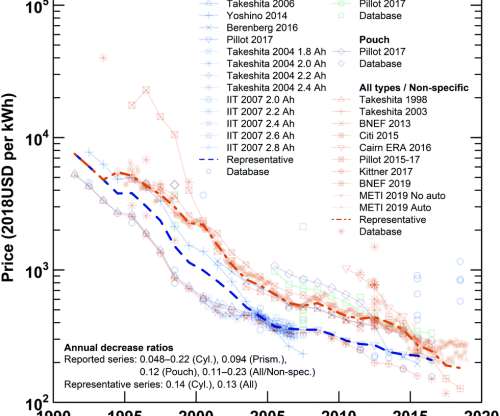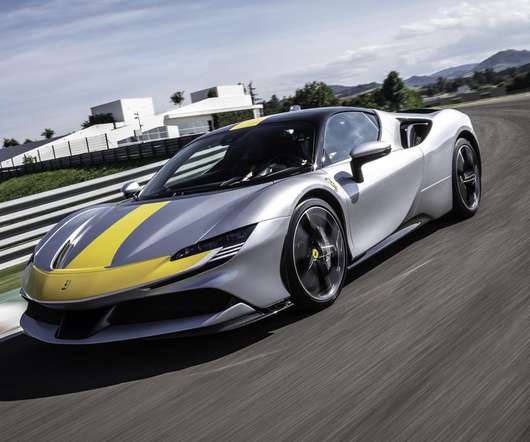U. Mich study: natural-gas-based ICE, BEV and FCV all show promise for environmental benefits relative to conventional ICE
Green Car Congress
AUGUST 19, 2014
The BEV Li-ion battery pack uses a LiNi ⅓ Co ⅓ Mn ⅓ O 2 (NCM) chemistry for its cathode active material. The FCV is powered by an 80 kW PEMFC and a 20 kW Li-ion battery, also based on the NCM cathode chemistry. NCM was chosen for its demonstrated specific energy of 135 kWh/kg and cycle life of 1300.






















Let's personalize your content